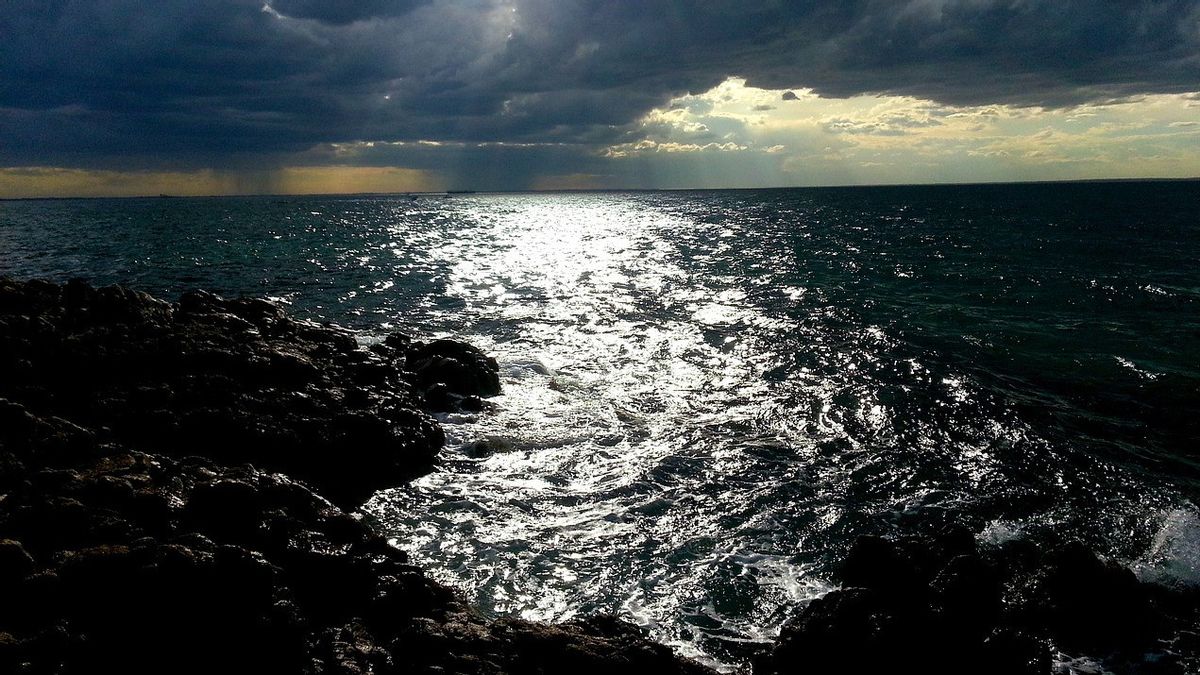TANGERANG - The Agency for the Assessment and Application of Technology (BPPT) has developed a tsunami early detection technology based on buoys, fiber optic cables, and acoustic tomography to be installed in disaster-prone areas.
Head of BPPT Hammam Riza said that since 2019 BPPT has been building these three technologies in order to support the Indonesia Tsunami Early Warning System (InaTEWS) program with BMKG.
The tsunami sensor from InaTEWS BPPT can transmit data continuously to the BMKG and the National Disaster Management Agency (BNPB) for later dissemination to the public as an effort to mitigate the tsunami disaster in Indonesia.
“BPPT has compiled a large design roadmap for mitigation technology by operating InaBuoy at 13 locations, InaCBT at 7 locations, InaCAT at 3 locations and supported by artificial intelligence processing. All InaTEWS Technologies are targeted to be fully operational in 2024," he said at an event at the South Tangerang Puspiptek, as quoted by Antara, Tuesday, June 8.
Hammam said Indonesia is in the "ring of fire" zone because its geographical location is between the confluence of three large tectonic plates, namely the Eurasian, Indo-Australian, and Pacific plates. The path through which the plates meet is the earthquake-prone zone in Indonesia.
Judging from these conditions and the history of disasters, integrated disaster mitigation efforts should be implemented in Indonesia. The experience of the major disasters in 2018 that hit Lombok, Palu, and the Sunda Strait became a wake-up call for all parties.
President Joko Widodo also issued Presidential Regulation No. 93 of 2019 concerning Strengthening and Development of Earthquake Information Systems and Tsunami Early Warning.
“Through this Presidential Decree, the Agency for the Assessment and Application of Technology (BPPT) is given the mandate to develop a tsunami early warning system or InaTEWS. This disaster technology also uses various instruments according to location needs, such as Buoy Technology (InaBuoy), Underwater Optical Cable Technology (InaCBT - Cable Based Tsunameter), Coastal Acoustic Tomography (InaCAT) Technology, to Artificial Intelligence-based Modeling," he said.
BPPT also submitted a report on the results of the Mamuju Post-Earthquake Disaster Assessment to the Governor of West Sulawesi HM Ali Baal Masdar in building West Sulawesi into a disaster-resilient area.
Based on the results of coastal observations carried out by BPPT from February 16-21 2021, it was concluded that there was no close and direct relationship between the physical condition of the coast and the Mamuju earthquake which resulted in physical damage to buildings and other public facilities.
“The physical damage found on the coast is more due to the failure of the building structure. Actions to reduce the risk of coastal areas are more directed at tackling the tsunami disaster,” he said.
SEE ALSO:
This assessment can then be used as the basis for taking urgent action to increase resilience through the creation of a disaster management center and educational programs to raise awareness about disaster management.
In addition, BPPT also signed a memorandum of understanding and cooperation agreement with the West Manggarai Regent regarding the borrowing and use of land owned by the local government for the placement of the InaCBT landing station in Labuan Bajo.
Deputy for technology development for natural resources, Yudi Anantasena, added that this year there were 11 Inabuoys made by PT PAL. In the near future, as many as three Inabuoys will be installed in the south of the Sunda Strait, south of Malang, and south of Bali.
The English, Chinese, Japanese, Arabic, and French versions are automatically generated by the AI. So there may still be inaccuracies in translating, please always see Indonesian as our main language. (system supported by DigitalSiber.id)
















